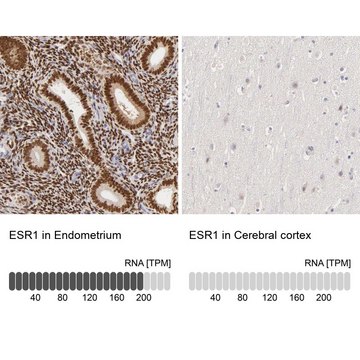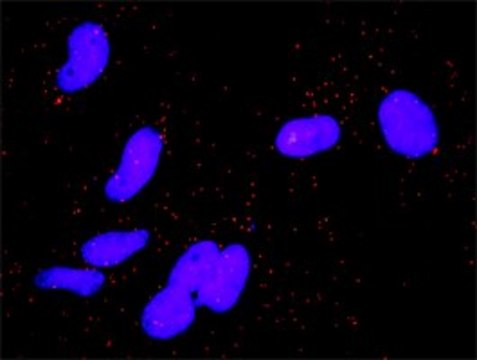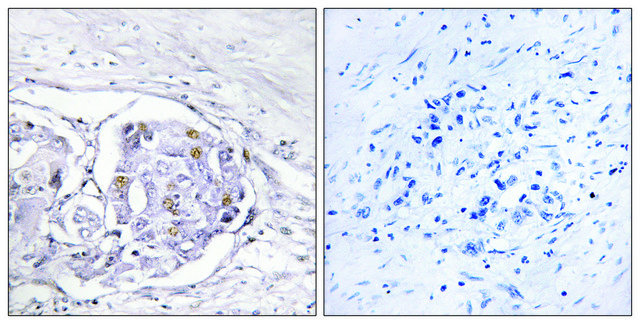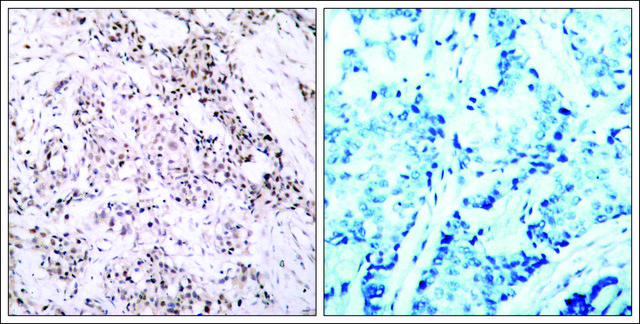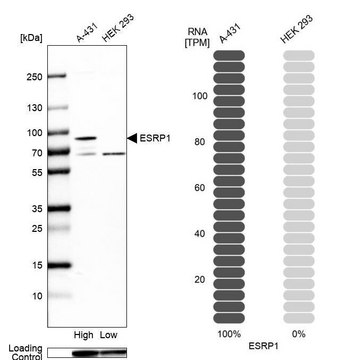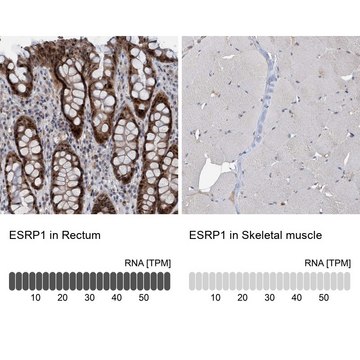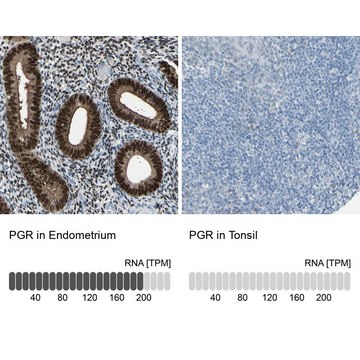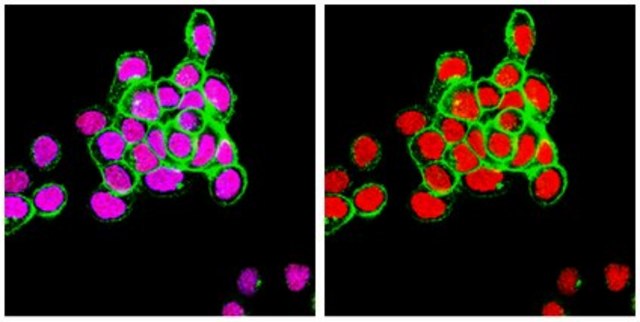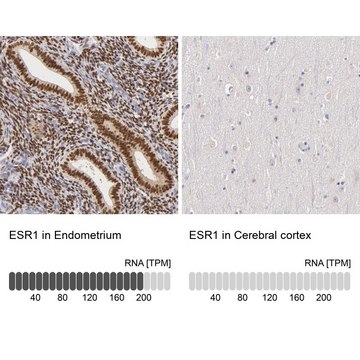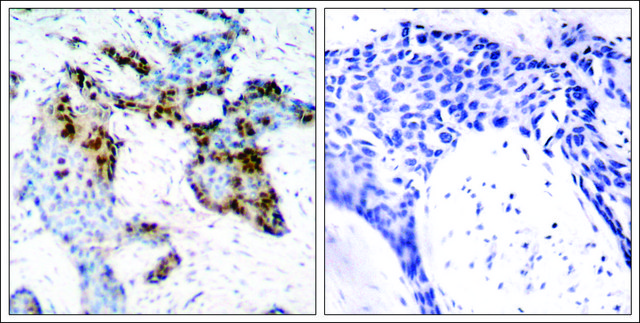06722
E.coli Fluorogenic ID Membrane
suitable for microbiology, white colored, sterile, diameter 70 mm
Synonym(s):
Indicator membrane, E. coli ID Membranes
About This Item
Recommended Products
membrane size
70 mm
Quality Level
sterility
sterile
shelf life
limited shelf life, expiry date on the label
storage condition
protect from light
technique(s)
microbe id | specific enzyme detection: suitable
application(s)
clinical testing
environmental
food and beverages
pharmaceutical
microbiology
storage temp.
2-8°C
suitability
Escherichia coli
coliforms
1 of 4
This Item | HPA000449 | SAB4300346 | HPA023719 |
|---|---|---|---|
| conjugate unconjugated | conjugate unconjugated | conjugate unconjugated | conjugate unconjugated |
| Quality Level 100 | Quality Level 100 | Quality Level 100 | Quality Level 100 |
| biological source rabbit | biological source rabbit | biological source rabbit | biological source rabbit |
| antibody form affinity isolated antibody | antibody form affinity isolated antibody | antibody form affinity isolated antibody | antibody form affinity isolated antibody |
| product line Prestige Antibodies® Powered by Atlas Antibodies | product line Prestige Antibodies® Powered by Atlas Antibodies | product line - | product line Prestige Antibodies® Powered by Atlas Antibodies |
| UniProt accession no. | UniProt accession no. | UniProt accession no. | UniProt accession no. |
General description
Application
Analysis Note
Escherichia coli (25922) - Positive
Staphylococcus aureus (25923) - Negative
Salmonella Typhimurium (14028) - Negative
Storage Class Code
11 - Combustible Solids
WGK
WGK 3
Flash Point(F)
Not applicable
Flash Point(C)
Not applicable
Choose from one of the most recent versions:
Certificates of Analysis (COA)
It looks like we've run into a problem, but you can still download Certificates of Analysis from our Documents section.
If you need assistance, please contact Customer Support
Already Own This Product?
Find documentation for the products that you have recently purchased in the Document Library.
Our team of scientists has experience in all areas of research including Life Science, Material Science, Chemical Synthesis, Chromatography, Analytical and many others.
Contact Technical Service